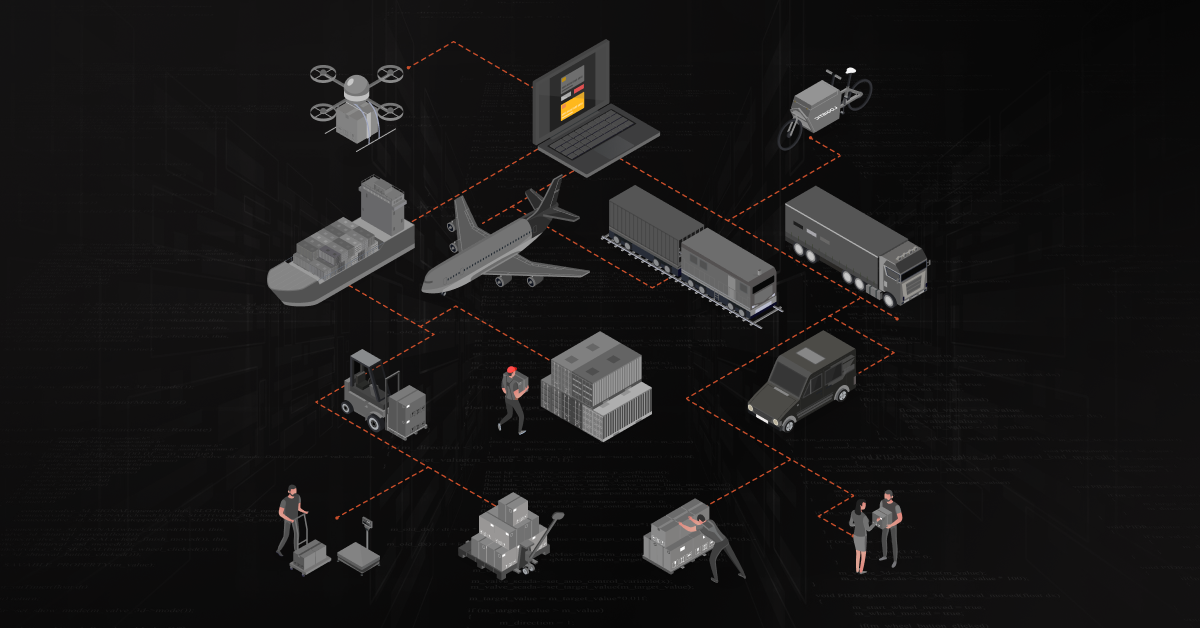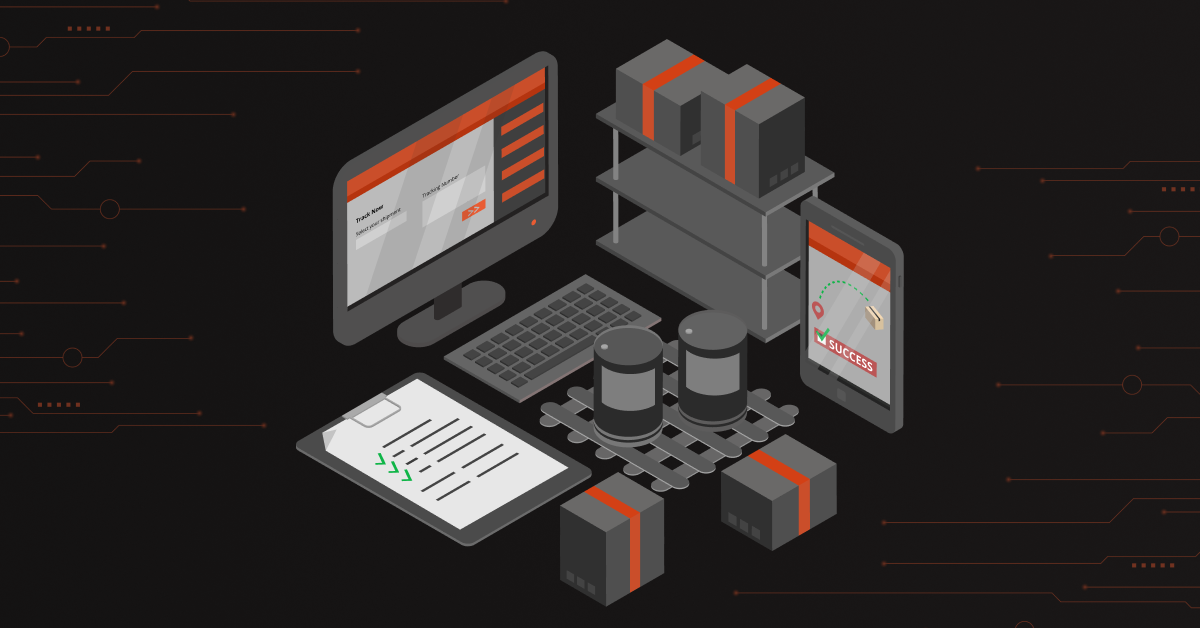Manufacturers have not had it very easy in recent times. Thankfully things do seem to be improving, and now is an excellent opportunity for manufacturers to explore means of mitigating not just key challenges currently being faced but those that could prove to be bigger pains in the neck down the line.
The United States’ manufacturing is second only to China, contributing to a little under 17% of the global output from the sector. In 2019 the sector’s contribution to the United States GDP stood at 11%. Since then, the country and the world at large has seen a dramatic uptake in the use, access and scope of eCommerce, and the manufacturing sector is by no means an exception.
It’s safe to say that when discussing a sector this vast the challenges it faces would be equally multi-faceted, and so there wouldn’t be a single panacea to tackle them all. That said, there are solutions that can tackle multiple challenges in one go, one such being the deceptively humble Product Information Management (PIM) tool.
What is a PIM tool?
A Product Information Management tool acts as a centralized repository for all kinds of product related content and data intended to be published on eCommerce sites, brochures, and even organized spreadsheets. This includes storing product specs and descriptions, accompanying images and videos in one place, as opposed to having them be stored across multiple different files and locations. The tool is designed to ease the collation, enrichment and distribution of product information, especially when dealing with multiple channels.
Manufacturing challenges a PIM can help address:
Moving to eCommerce and DTC
Like it or not, eCommerce is here to stay. There was an already growing acceptance of eCommerce, which was only fueled further during the pandemic. Many businesses have already brought their offerings online, whether via a third party eCommerce store or their own. Such a shift would demand an adjustment period and the adoption of new skills into the team.
In such a situation, especially when multiple thousands of products are involved, having a PIM tool in place can significantly ease the burden of making the shift to an online platform. With the tool handling collating, syncing, enriching and publishing of product data, that is a significant number of processes and hours of labor eased off of the team, to focus on other pressing areas.
Also having emerged during the pandemic is a growing adoption of the DTC or Direct-To-Consumer method of distribution. Consumers are likely to have higher expectations from the businesses they are buying from. This is exacerbated, as they grow accustomed to purchasing regularly from eCommerce giants like Amazon. Here too, the PIM would be vital in streamlining product information and present it in its best form: error and duplication free, best suited to the format of the platform in question.
Labor Shortage
 A study by Deloitte and The Manufacturing Institute suggests that the current skills gap could lead to a whopping 2.1 million jobs left unfilled by 2030 in the US manufacturing sector. There are several reasons for this gap, ranging from an increasing number of the ‘baby boomers’ now retiring to an uptake in the use of technology – the defining quality of Industry 4.0. As such this means that even within organizations there are fewer minds and hands, making their working hours all the more valuable.
A study by Deloitte and The Manufacturing Institute suggests that the current skills gap could lead to a whopping 2.1 million jobs left unfilled by 2030 in the US manufacturing sector. There are several reasons for this gap, ranging from an increasing number of the ‘baby boomers’ now retiring to an uptake in the use of technology – the defining quality of Industry 4.0. As such this means that even within organizations there are fewer minds and hands, making their working hours all the more valuable.
Streamlining this would also include cutting down on processes that are redundant and/or time consuming. Being able to prevent errors would mitigate investing time into fixing them. And when it comes to product data, fewer tools are as efficient in achieving all of the above as a PIM.
PIM tools are built to negate a significant amount of manual effort that goes in maintaining product information spreadsheets, the sources of this content and where they are to be published. They catch errors and missing data right away and allow syncing across different marketing channels. The centralized nature means that everyone has access to the latest data in real time.
In addition, the tool also makes onboarding significantly easier. Newer resources need only acclimatize themselves to the tool, instead of numerous processes.
DCKAP PIM Recommendations: Look for PIM solutions that prioritize ease of use. Integration tech solutions to your organization doesn’t have to exclude those not as adept with it.
…And Labor Retention
The pandemic has changed the way many view their work. From seeking alternative forms of income to realizing that they can do more with less income, many aren’t viewing their work the same way, in manufacturing as well. In fact there were as many as 570,000 jobs in manufacturing that have not been recouped post the effects of the pandemic. As a result, ensuring employee satisfaction is becoming an increasing priority to organizations seeking to ensure their best don’t seek other means of employment.
So, imagine if you could use tools that cut down on monotony. Product information management without a good PIM tool can mean losing a lot of time (and interest) in keeping multiple channels updated with the right content. The right PIM tool can not just circumvent the need for redundant tasks, it can also streamline many efforts, particularly geared towards the marketing of your products. Allowing more creativity, lighter schedules and less menial tasks can help efforts to keep existing trained team members happier with their workplace and less likely to look for similar opportunities elsewhere.
Product Data Security
In an increasingly competitive sector, protecting product data from potential corruption or loss is vital. For businesses falling back on multiple spreadsheets or product information solutions devised in-house, this may come in the form of easy access to editable files, lack of access or edit tracking and information made vulnerable with little to no security fallbacks.
A good PIM tool can easily mitigate such vulnerabilities. DCKAP PIM, for example, has features that allow the assigning of roles to certain team members. Thereafter, access to product information is allowed only to specific roles. These roles also help manage who can edit data, with such activities being logged for future reference. Aside from these, there are industry-grade security measures in place to ensure access to the tool and its information is restricted only to necessary individuals.
The bottom line
At the end of the day, every business is seeking to improve the revenue that is generated by their business. With each quarter comes the ritualistic measurement of business progress and the weighing of green and red to determine the health of the business. Return on Investment is an important KPI in this regard, helping businesses determine the success of the systems and processes they have in place for the smooth and efficient functioning of their business.
At the face of it, a PIM would be an added expense, especially to manufacturers who would previously rely on tools like spreadsheets or short-term in-house solutions. They however, make up for it by saving labor time, costs, preventing expensive errors, opening new markets and overall, improving the efficiency of eCommerce ventures – particularly those with more SKUs to manage.
Recommended reading: The Absolute Guide to PIM RoI: Learn To Calculate And Compare Your ROI
While recent times has brought with it its fair share of challenges for the manufacturing industry in the United States, there are as many opportunities as well. From an increased priority to rethink supply chains that look outside the nation, to a chance to give the image of the industry a makeover for upcoming generations, there’s a lot that can be done. A robust, easy-to-use and flexible Product Information Management tool would be an excellent tool in the arsenal to get there.
Contents




